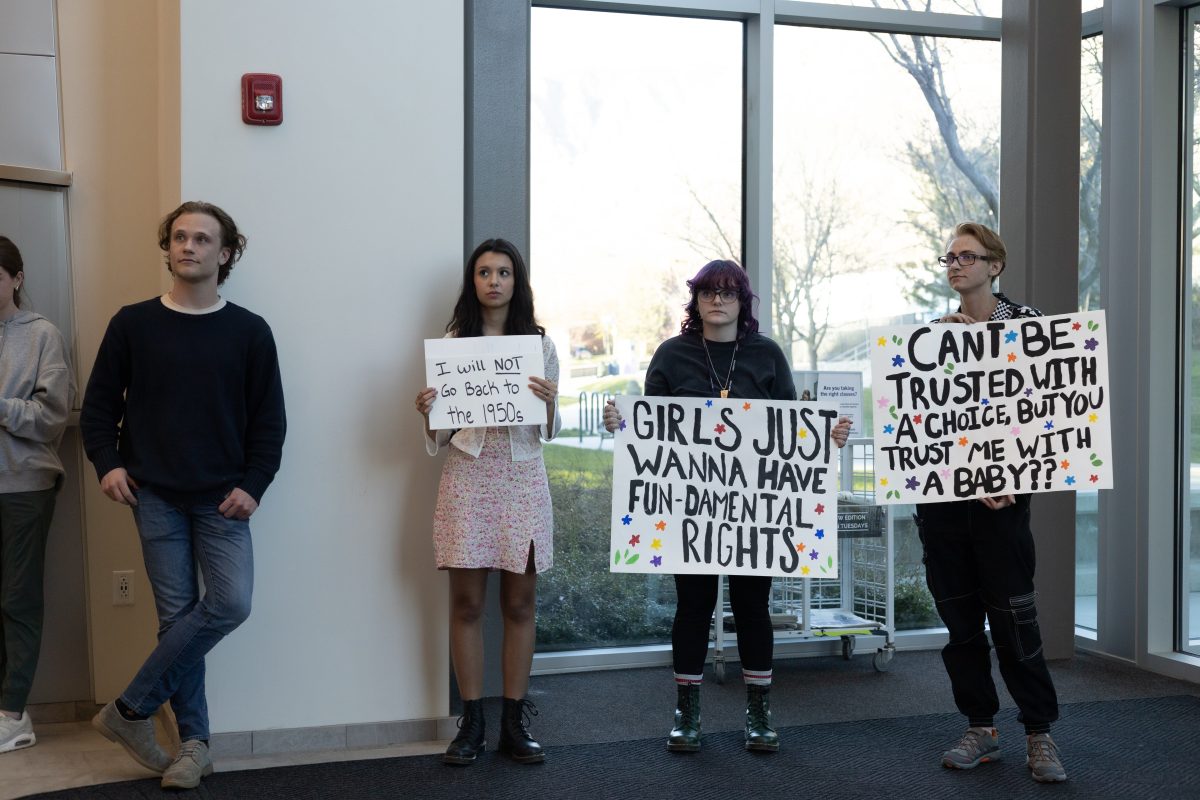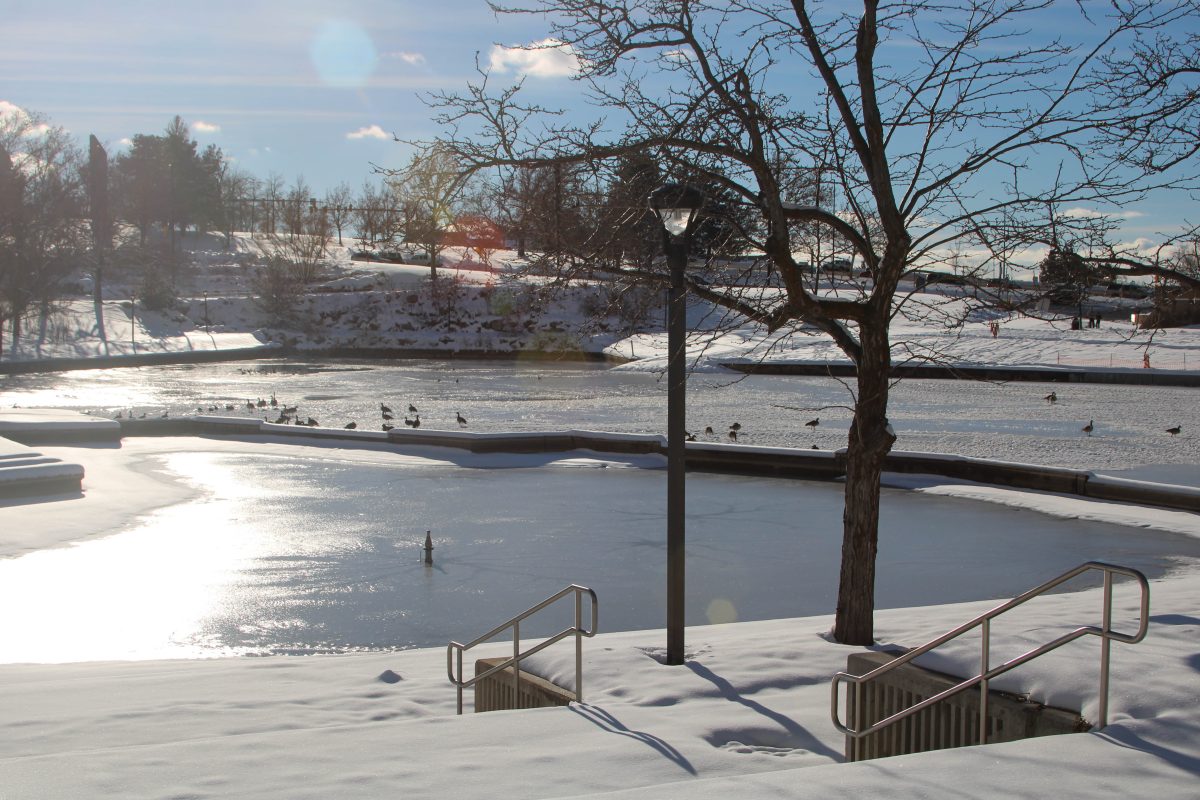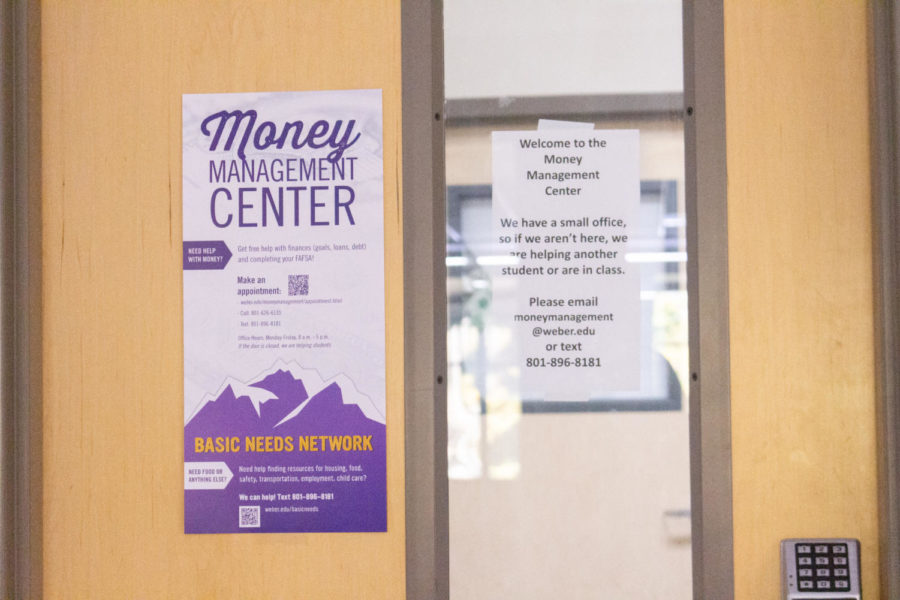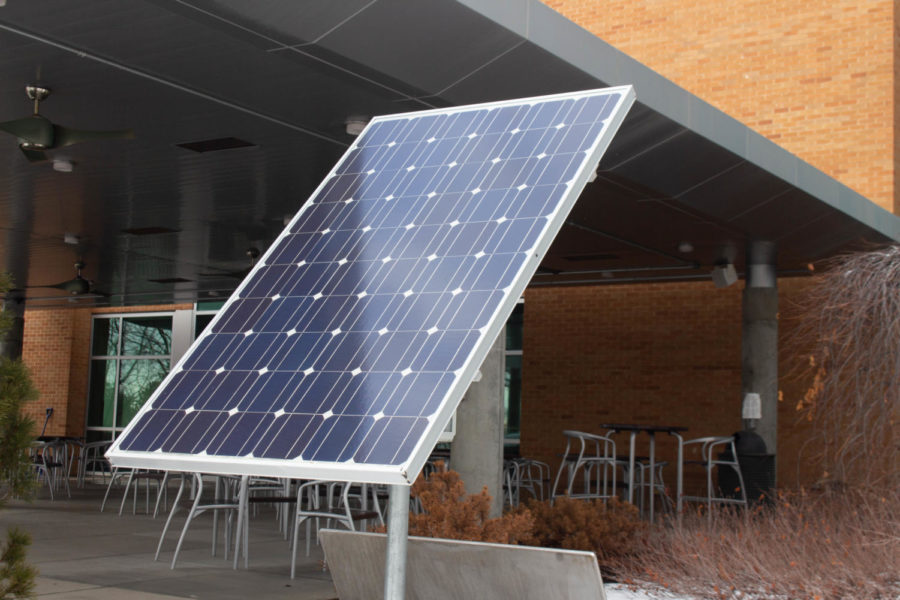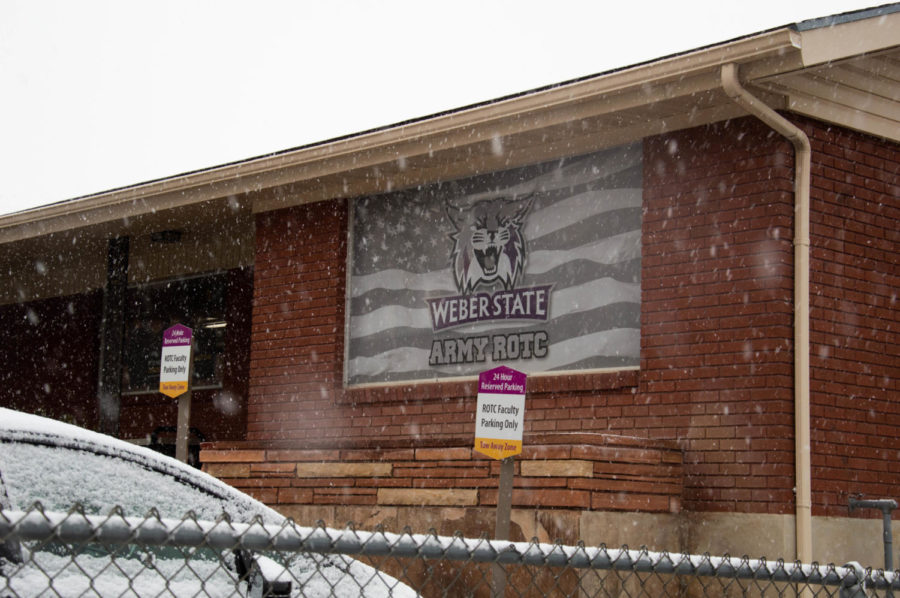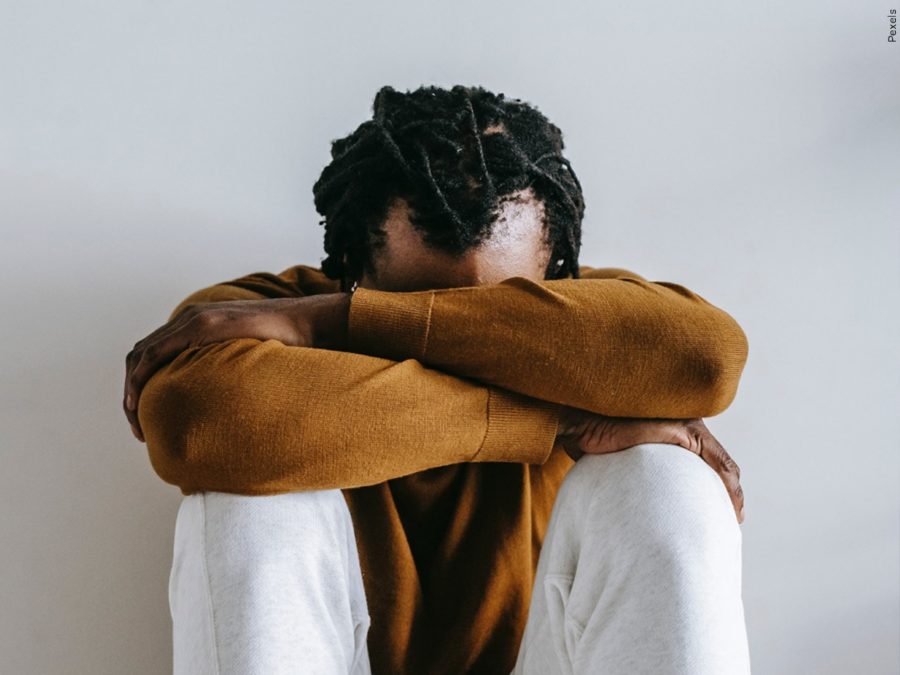
Weber State University was hit last Thursday by the worst snowstorm this winter. For some, seasonal depression also accompanies winter.
A change in season is capable of disrupting the body’s internal clock, decreasing the brain’s production of serotonin and disrupting the balance of melatonin in one’s body. For 4 to 6 percent of the U.S. population, that means suffering from seasonal affective disorder, a type of depression.
Many changes occur when winter comes around that may cause SAD. One of the most likely changes is the decreased amount of sunlight.
SAD is also more common in people who live at higher altitudes and in places where seasonal changes are more extreme and winter darkness is more prevalent. In fact, it is estimated that only 1 percent of Floridians are affected by SAD, while it affects nearly 10 percent of Alaska residents.
“One thing that makes this area of Utah unique is we get these inversions where we can go for weeks without any sunlight, because the pollution layer blocks the sun,” said Theresa Kay, a Weber State University professor who specializes in clinical psychology. “So if seasonal affective disorder is an issue, that can get a lot worse, too.”
Because SAD is a type of depression, there is significant overlap in its symptoms with those of depression. These symptoms can include anxiety, loss of energy, social withdrawal, oversleeping, weight gain and appetite changes.
“If the symptoms are interfering with your life, then absolutely get seen by a professional,” Kay said. “If the symptoms aren’t severe enough to really interfere with your life, there are other non-invasive options like light therapy.”
Students need not go far to find a light therapy machine to help with the winter blues. The Stress Management Lab in the Swenson Gym has a light therapy machine called iLightz, available for students to use for free.
“The iLightz is our third-most popular stress management therapy used by students,” said Michele Arave, an intern for the Stress Management Lab. “Students come in to use it for a ton of different problems like ADD, ADHD, or even just to try it out because it is a different type of device they’ve never used before.”
The device looks like a pair of high-tech sunglasses and delivers sequences of bright, flashing lights to the user, who is asked to keep his or her eyes closed through the process. The sequences of lights are unique to the setting chosen, of which there are about 100. One of these settings treats SAD.
“Usually people come in and already know which setting they want,” Arave said. “If not, they can explain to us the problem they are having, and we can help them depending on what they need.”
To effectively treat SAD, light therapy should be done on a consistent basis and should begin to help after 3-4 weeks. The U.S. National Library of Medicine also suggests certain lifestyle changes to treat mild SAD, like a healthy diet, getting enough sleep and exercising more often.
Students who feel they are in need of medical help to treat their depression can also seek counseling from the WSU Counseling & Psychological Services Center, located in the Student Services Building.
“Talk therapy can be helpful, medication can be helpful, or a combination of the two, if you aren’t getting better,” Kay said. “Lifestyle changes and light therapy can be extremely beneficial, but if that isn’t enough, you’ll have to go above and beyond that.”



